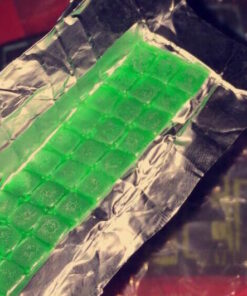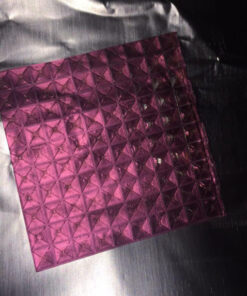Generic Name: Lysergic acid diethylamide (LSD)
Common or street names: LSD is sold under more than 80 street names including Acid, Blotter, acid, Doses, Dots, Trips, Mellow Yellow, Window Pane, as well as names that reflect the designs on sheets of blotter paper (for example, “purple dragon”).
What is LSD?
LSD (lysergic acid diethylamide), first synthesized in 1938, is an extremely potent hallucinogen. It is synthetically made from lysergic acid, which is found in ergot, a fungus that grows on rye and other grains. It is so potent its doses tend to be in the microgram (mcg) range. It’s effects, often called a “trip”, can be stimulating, pleasurable, and mind-altering or it can lead to an unpleasant, sometimes terrifying experience called a “bad trip.”
LSD is produced in crystalline form and then mixed with other inactive ingredients, or diluted as a liquid for production in ingestible forms. It is odorless, colorless and has a slightly bitter taste.
LSD is usually found on the streets in various forms, for example:
- blotter paper (LSD soaked onto sheets of absorbent paper with colorful designs; cut into small, individual dosage units) – the most common form
- thin squares of gelatin (commonly referred to as window panes)
- tablet form (usually small tablets known as Microdots) or capsules
- liquid on sugar cubes
- pure liquid form (may be extremely potent)
Some people may inhale LSD through the nose (snort) or inject it into a vein (shoot it up). There is no way to predict the amount of LSD that is contained in any form consumed.
Other hallucinogens include:
- Psilocybin (Magic Mushrooms, Shrooms)
- Mescaline (Peyote, Buttons, Cactus)
- Phencyclidine (PCP, Angel Dust)
- Ayahuasca (DMT)
- Salvia divinorum (salvia)
LSD









 WhatsApp us
WhatsApp us